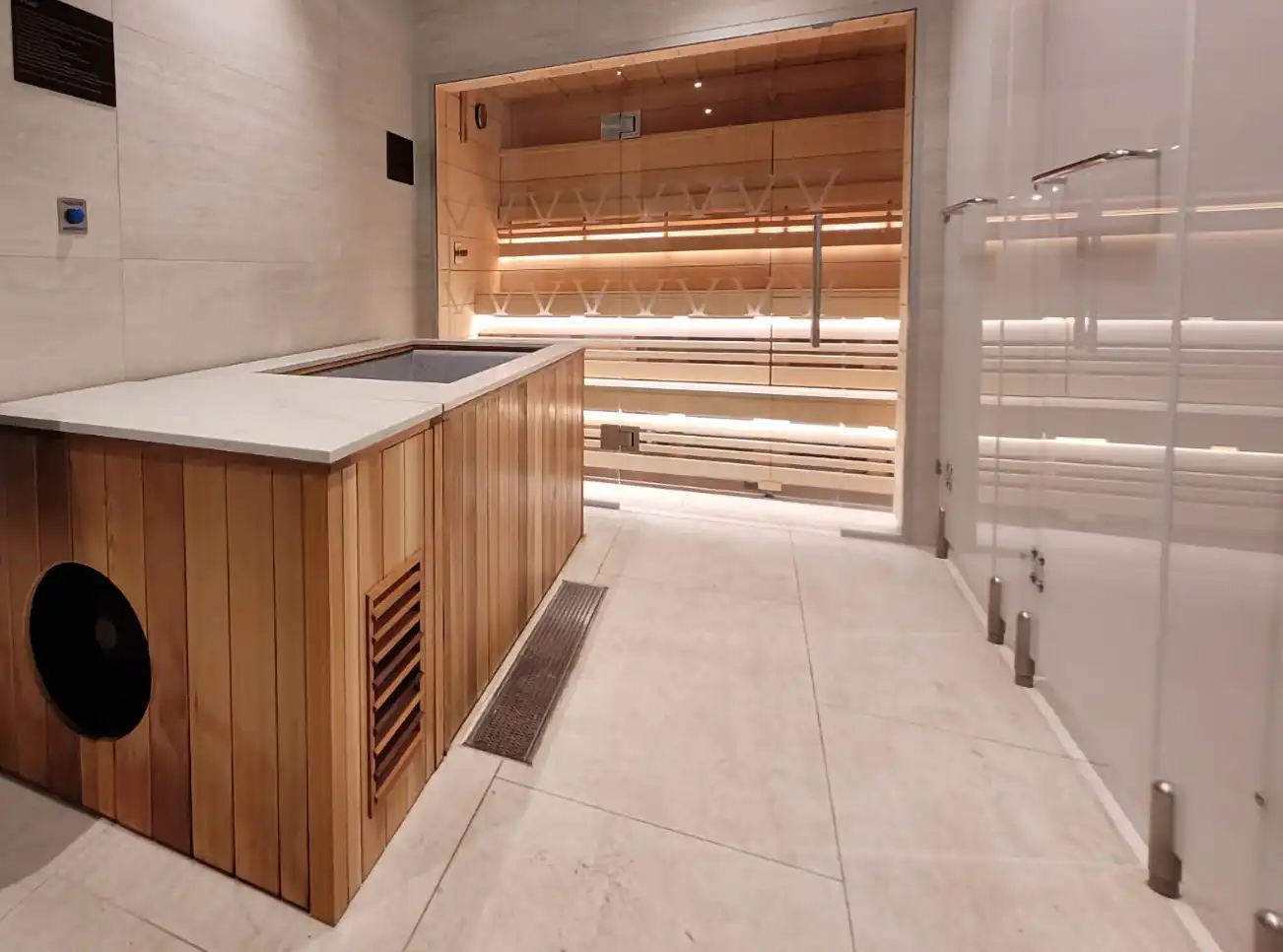Bespoke Ice Baths
Our bespoke ice baths are made to measure, and created in the size, style and materials to achieve your ultimate vision.
- BESPOKE ICE BATHS
Creating a premium experience


Bespoke Ice Bath
Request Information
Complete our form

Frequently Asked Questions
How does an ice bath work?
Cold water immersion, or ice baths, help reduce tissue swelling due to muscle breakdown and micro tears that occur during intense, or lengthy, physical activity and, also, help to control inflammation.
Some inflammation is a good thing but too much can lead to secondary damage or hypoxic injury.
The mechanisms include aiding normalization of body temperature, flushing out muscles due to constriction of blood vessels & compression through hydrostatic pressure, a decrease in metabolic activity, balancing of the sympathetic & parasympathetic systems and a reduction in muscle damage.
What is the optimum temperature for ice bath recovery?
Ice bath therapy is a factor of time and temperature. The higher the temperature the longer is the required duration.
In the past most researchers used a time of 10, 15 or even 20 minutes at typically 10°C to 15°C (50F to 59F). The problem with the longer sessions is that the temperature is not maintained unless you constantly add more ice. And the colder water floats at the top unless you constantly stir the water. In practice, most people sit still as the body warms the water around the skin making it more tolerable.
However, this strategy can be counter-productive as the generally recognised therapeutic tissue temperature of 12°C to 15°C cannot be readily achieved in traditional ice baths.
Modern ice baths do not use ice but have a digitally controlled chiller maintaining the temperature at a pre-set level throughout the therapy session. This enables both lower temperatures and shorter sessions to achieve an improved therapeutic effect.
Also, when the ice bath has jets, like the CryoSpa, there is chilling by both conduction and convection (wind chill) leading to a much more penetrating cold and ensuring the tissue is chilled to the therapeutic level.
Many elite football clubs, rugby clubs and Olympic training facilities are now using temperatures in the 6°C to 10°C (42F to 50F) range with some even as low as 4°C (39F). When combined with the windchill effect the therapy sessions are most often in the 3 to 6 minute range.
What is the theory behind Contrast Bathing?
The theory behind contrast bathing is that the hot water stimulates vasodilation of the blood vessels near the surface of the skin and when followed by immersion in the cold water ,which causes vasoconstriction, a ‘pumping action’ ensues, which increases blood circulation.
Typically, contrast bathing would consist of several cycles e.g. 1 or 2 minutes hot followed by 1 minute cold and repeated 3 times.
In a sporting context contrast bathing is used by some elite sports clubs as an alternative to cold water immersion alone.
There is also some research which supports the theory that the cold is the more critical element and where an athlete has a sustained soft tissue injury with symptoms including a combination of pain, heat & inflammation the application of additional heat would be contra-indicated during the acute phase of the injury (typically the first 48 to 72 hours).
Some research studies have also supported the theory that thermal stress positively influences the auto-immune system.
Browse common questions that may give you the answer. Have a question not here? Contact Us.